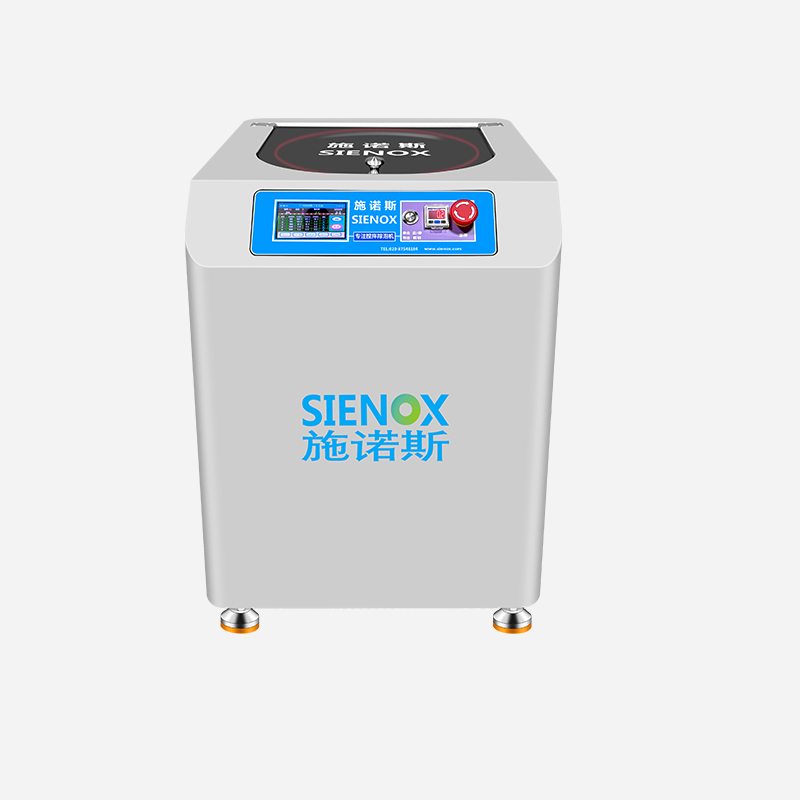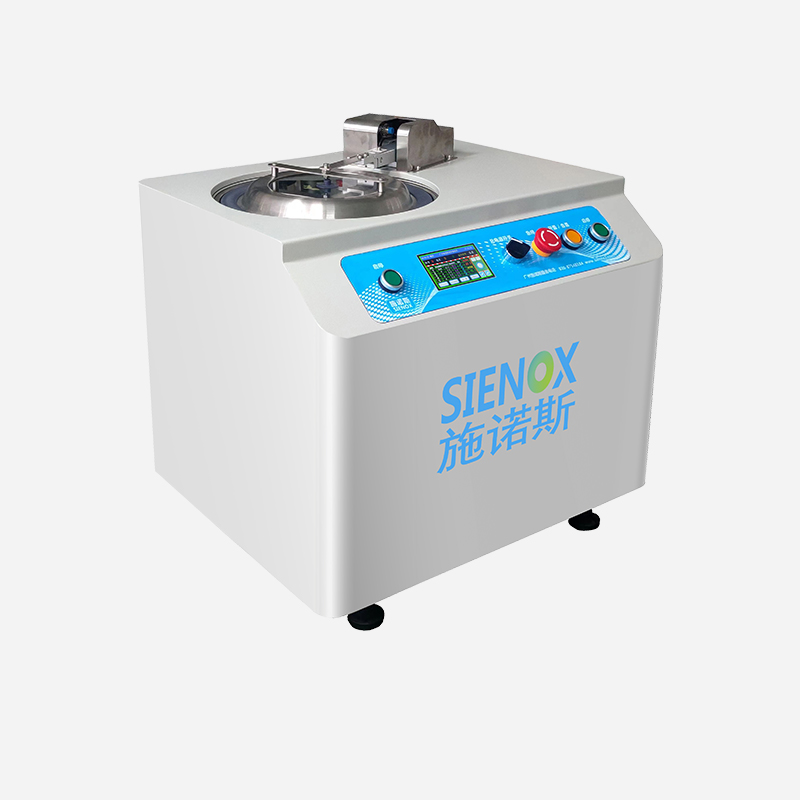
News

TEL:18925129293
The application and prospects of defoaming machines in the chemical industry
date:2023-08-17author:SIENOXA defoaming machine is a commonly used laboratory equipment for removing bubbles from liquids. In the chemical industry, defoaming machines also have wide applications and market prospects. This article will introduce the application cases of defoaming machines in the chemical industry and their market prospects.

Firstly, defoaming machines are widely used in the chemical industry. Bubbles in liquids can affect the quality and performance of products in chemical production. By using defoaming machines, bubbles in liquids can be effectively removed, thereby improving product quality and stability. For example, in paint production, defoaming machines can remove bubbles in paint to ensure coating performance and appearance. In emulsion preparation, defoaming machines can remove bubbles in emulsions, thereby enhancing stability and quality. Additionally, defoaming machines can also remove bubbles in chemical reactions, improving reaction efficiency and yield.
Secondly, defoaming machines have broad market prospects in the chemical industry. With the development of the chemical industry, there is an increasing demand for product quality and performance, leading to a growing demand for defoaming machines. Especially in the fields of new material research and development and the production of high-end chemical products, the application prospects of defoaming machines are even broader. For instance, in the preparation of nanomaterials, defoaming machines can remove bubbles in nanoparticles to improve uniformity and stability. In polymer material synthesis, defoaming machines can remove bubbles in polymer materials to enhance density and performance.
Lastly, to promote the application and development of defoaming machines in the chemical industry, efforts should be made to strengthen technological research and innovation. For example, developing more efficient and stable defoaming machines to improve the defoaming effect and production efficiency. Additionally, exploring the combination of defoaming machines with other equipment to achieve automated control and intelligent operation can enhance production automation and efficiency.
In conclusion, defoaming machines have wide applications and market prospects in the chemical industry. Their application in chemical production can improve product quality and performance to meet consumer demands. Moreover, strengthening technological research and innovation to promote the development of defoaming machines will bring more opportunities and challenges to the chemical industry.


















